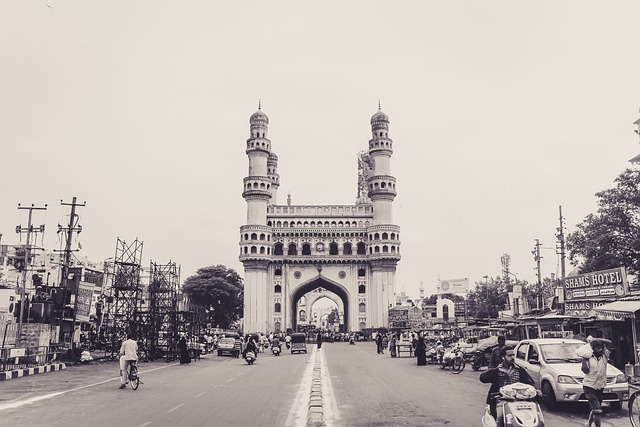While India’s aviation sector is displaying promising growth, it is unlikely that the country’s outbound tourism will outpace that of China’s anytime soon – aviation experts opine.
The opinion is based on the fact that there’s a “massive gap” between their aviation markets.
The demand for travel to and from India is predicted to escalate, with the burgeoning middle-class population of the country and a growing number of citizens traveling overseas for the first time, observes Brendan Sobie, Independent Analyst at Sobie Aviation. But “don’t expect India to be a bigger outbound market than China anytime soon.”
Comparing the two markets, Lalitya Dhavala, Valuations Consultant at travel analytics firm Cirium, says,” The gap between China and India is huge,” and that “China’s total fleet is almost five times the existing Indian fleet, for an almost equal population.”
Dhavala also highlights the fact that only 7.3% of India’s current population possesses a valid passport. At the same time, she observes that “there is room for expansion.”
India, presently, has the world’s third largest aviation market.
The prospects for growth and expansion in India’s domestic and international travel market are due to several factors. One of them is greater percentage of population under 25 years of age as compared to China.
‘Young adults’ comprise 40% of India’s population while in China, the section comprises 34.12% of population (data form Statista, 2021).
Dhavala notes about the Indian growth trajectory – “This generation is on a rising economic trajectory with a growing desire and appetite to travel and explore the world.”
Coming to ‘older adults’, only 7% of India’s population is made up of individuals aged 65 years and above in contrast to China’s rapidly rising aging population – 14% at present.
As more women are entering the workforce, households could have the benefit of dual incomes, leading to an increase in discretionary spending power for families, thus helping India’s growth trajectory further.
When questioned about whether India’s travel sector could outperform that of China’s, Air India CEO Campbell Wilson said earlier this week, “India is going to become one of those key pillars of global aviation, and the next few years … is India’s story as much as anyone’s,”
According to a report from Reuters, the government led by Prime Minister Narendra Modi has announced plans to spend $12 billion by 2025 on enhancing regional connectivity through the construction of new airports and the renovation of existing ones.
“Without infrastructure investments the risk is there would be a demand for more flights but not enough infrastructure to handle the flights, particularly in major cities,” Sobie said.
India’s aviation sector is “entering its growth phase,” said Civil Aviation Minister Jyotiraditya Scindia. “We need to put in place the civil aviation infrastructure and capabilities [so] that by 2047, we will be able to support a $20 trillion-dollar economy within India.”
“At one point, we did not have passengers to fill up [the] airlines due to Covid. Now, we don’t have enough airplanes to fly our passengers,” Scindia said during the CAPA India Aviation Summit in New Delhi at the beginning of the week.
As Air India focuses on expanding globally in order to keep up with its rivals, CEO Wilson is very optimistic about the country’s growth in the aviation sector. “The opportunity for Indian aviation is massive … the growth opportunity is very, very real,” he says.














More Stories
UK Tourism Explosion 2025 England Leads with NI, Scotland & Wales Setting Records!
Air Canada, BA, LATAM, Delta & AA Surge Miami Flights: SIRO Brickell Wellness Hotel Revolution 2030!
France, USA, Spain Dominate 2025 Travel: Top Apps for Effortless Flights & Hotels!